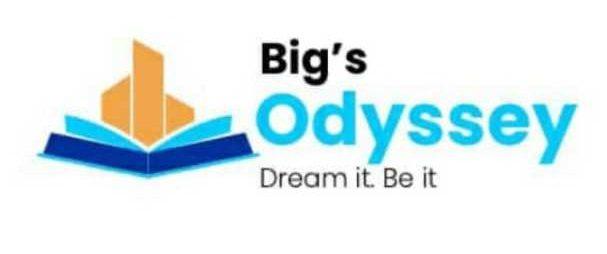In today’s educational landscape, the power of community has never been more important. A strong, collaborative learning community is essential for fostering a positive environment where students and educators alike can thrive. Learning is no longer confined to individual effort or the traditional top-down instruction model; instead, it is about fostering connections, promoting shared responsibility, and leveraging the collective knowledge of everyone in the room. Building such a community is not just about creating group work or assigning team projects—it’s about creating a culture of collaboration where each member feels valued and supported.
In this blog post, we will explore the key elements of building strong, collaborative learning communities and why they are vital for academic success and personal growth.
Key Elements of a Strong, Collaborative Learning Community
1. Creating a Safe and Inclusive Environment
The foundation of any strong learning community is trust. Students need to feel safe to express their thoughts and ideas without fear of judgment or exclusion. A safe, inclusive environment ensures that every student, regardless of their background or learning style, feels valued and respected. To achieve this, efforts should be made to:
– Encourage open dialogue where all opinions are respected
– Set clear expectations for respectful communication and group behavior
– Actively foster a culture of inclusivity by acknowledging and celebrating diversity in the classroom.
2. Developing Shared Goals
In a collaborative learning community, students should work towards common goals. Whether it’s completing a project or mastering a concept, having shared objectives fosters a sense of responsibility and accountability among students. This is usually evident in:
– Setting clear, measurable learning goals that the whole class can work towards
– Encouraging students to contribute to the goal-setting process
– Allowing them to take ownership of their learning journey
Use project-based learning, where students work together to achieve a tangible outcome, such as solving a real-world problem or creating a presentation.
3. Encouraging Active Participation
In a collaborative learning environment, passive listening won’t cut it. Students must be encouraged to actively engage in discussions, contribute ideas, and ask questions. Active participation enhances critical thinking, helps students feel more connected to the material, and increases retention of information. To achieve this:
– Use interactive learning tools, such as Nearpod or Kahoot!
– Provide opportunities for students to lead discussions or present their findings
– Break down complex topics into smaller, collaborative tasks
4. Leveraging Technology for Collaboration
Technology can play a key role in building collaborative learning communities, especially in today’s increasingly digital education environment. Tools that enable students to work together virtually can enhance collaboration and extend learning beyond the classroom. To achieve this:
– Utilize platforms like Padlet, Slack, or Trello
– Integrate learning management systems, such as Google Classroom or Moodle
– Encourage the use of social media or discussion forums
5. Providing Ongoing Feedback and Reflection
A strong learning community is built on growth, and growth requires feedback. Providing regular, constructive feedback helps students understand their progress and areas for improvement. To achieve this:
– Implement peer assessment opportunities
– Incorporate reflection activities, such as journaling or group discussions
– Offer personalized feedback
Overcoming Common Challenges
Building a collaborative learning community comes with challenges. Some students may be hesitant to participate, others might dominate conversations, and some groups may struggle with conflict. These issues are natural but manageable with the right strategies.
Addressing Hesitancy:
– Start with smaller group activities
– Use activities that play to students’ strengths
– Gradually increase the complexity of group interactions
Balancing Participation:
– Ensure every student has a voice
– Use tools like “talking chips” or role assignments
– Set clear expectations for participation
Resolving Conflict:
– Teach students conflict resolution skills
– Guide them in resolving disagreements respectfully and constructively
Conclusion: The Power of Collaborative Learning
A strong, collaborative learning community is one of the most powerful tools for enhancing student engagement, improving academic outcomes, and fostering critical life skills. By creating an inclusive environment, promoting peer-to-peer interaction, and leveraging technology, educators can build classrooms where students not only learn but also grow together.
At Big’s Odyssey Consult, we are committed to helping educators build these collaborative communities through tailored resources, workshops, and professional development programs. Together, we can create environments where students thrive through connection and shared learning.

